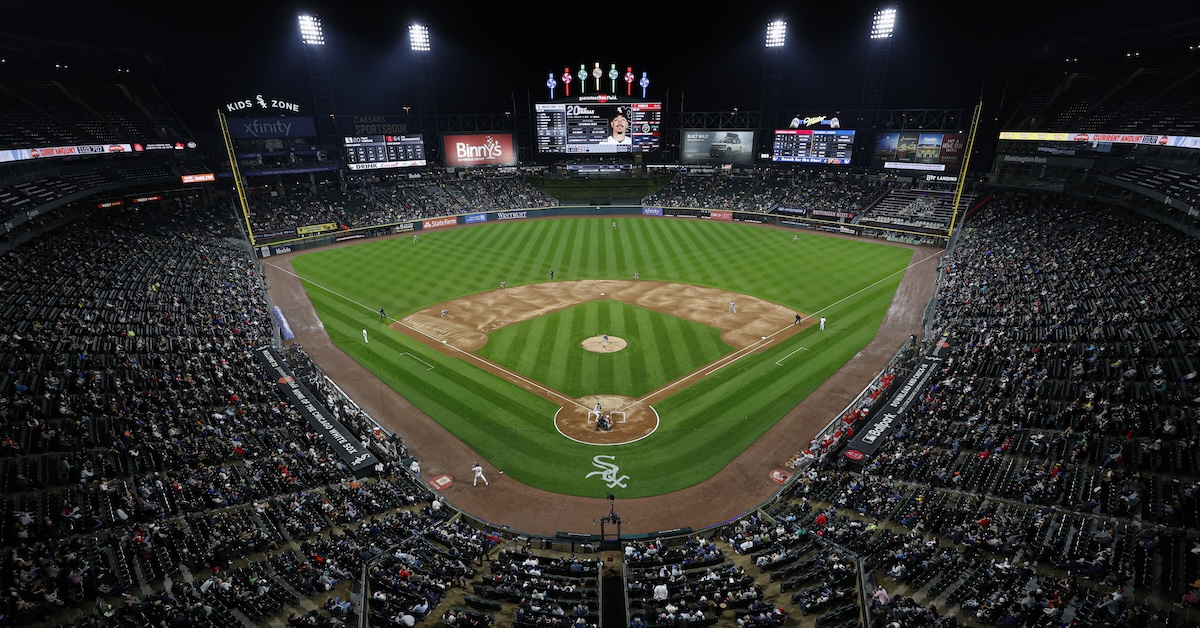Minnesota’s Zebby Matthews Does More Than Just Throw Strikes

There is more to Zebby Matthews’ game than an elite strike-throwing ability, though he certainly possesses that. As our lead prospect analyst Eric Longenhagen put it last summer, the 24-year-old Minnesota Twins right-hander “has barely walked anyone the last half decade.” That wasn’t an exaggeration. Matthews issued one free pass every nine innings as a collegian, and his walk rate over 205 1/3 minor league frames is a Lilliputian 2.7%. Called up to the big leagues last August, he proceeded to walk just 11 batters in 37 2/3 frames. That works out to 2.63 batters per nine innings, or nearly two more walks per nine than he had in the minors last year, but don’t get too hung up on the small-sample spike.
Besides, as I mentioned up top, there is more to Matthews than what has garnered him the most attention. Displaying better stuff than many give him credit for — his heater sits comfortably in the mid-90s — the 2022 eighth-round pick out of Western Carolina University logged a 30.5% strikeout rate last year in the minors, and in the majors that number was 27.8%. Still rookie eligible and with a chance to break camp in the Twins’ starting rotation, Matthews is the organization’s top pitching prospect.
Matthews discussed the development of his underrated arsenal prior to a recent spring training game.
———
David Laurila: Let’s start with your pitches. What is your full repertoire?
Zebby Matthews: “I have a four-seam fastball that has some decent carry on it, a cutter, a gyro slider, a curveball, and a changeup.”
Laurila: How much carry do you get on your fastball? Read the rest of this entry »





